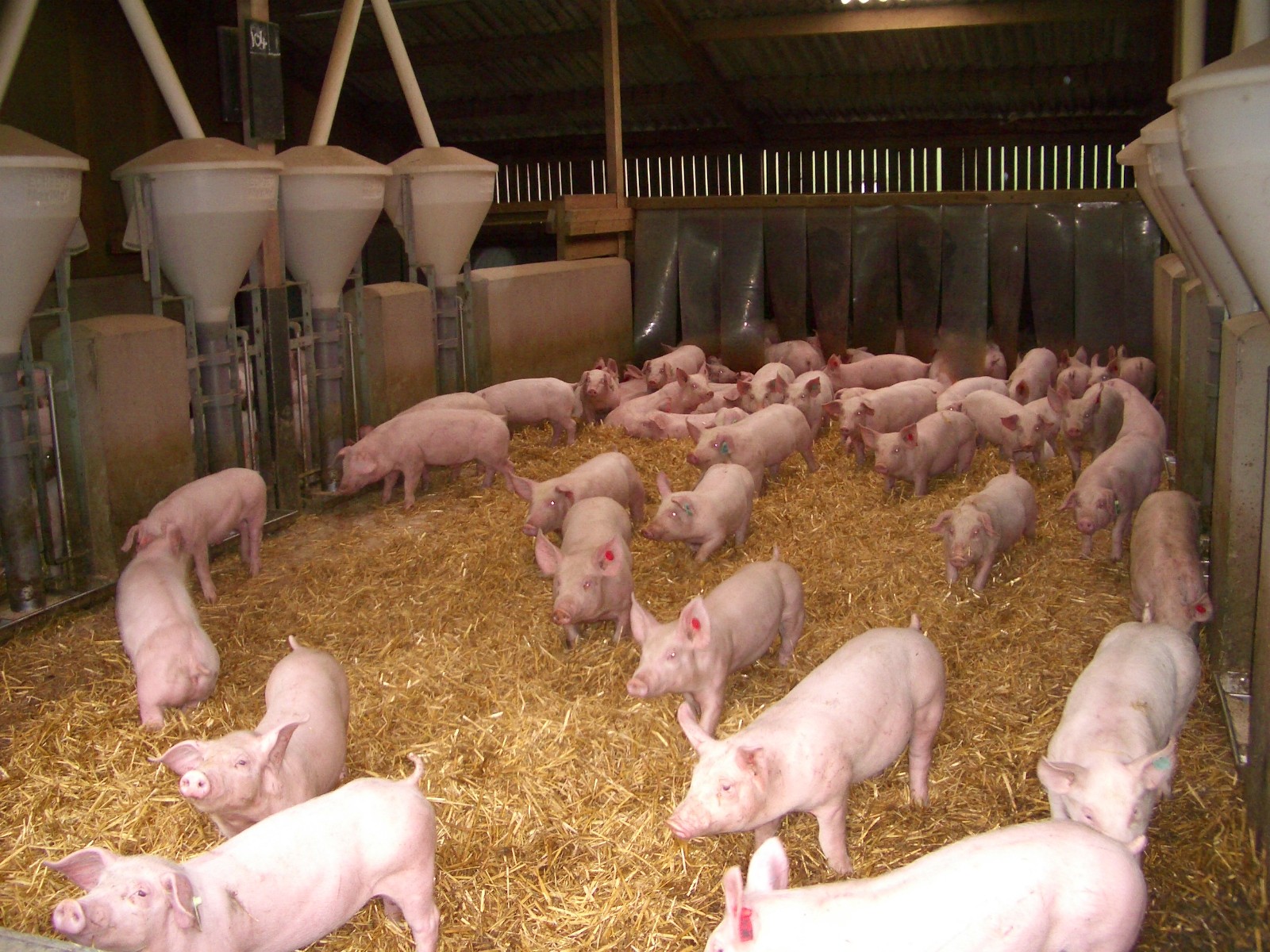- Home
- Pig farmer: no-deal Brexit case study
Pig farmer: no-deal Brexit case study
Georgina has a 500 sow indoor farrow-to-finish operation in Norfolk. She is an independent producer, selling the finished pigs through a marketing group. Georgina has three full-time members of staff, alongside herself.

What will happen to Georgina’s business on Day 1 of a “no deal” Brexit?
It is unlikely that there will be an immediate and drastic change for Georgina’s business, however, significant change will be afoot for the industry as a whole. The UK will be considered as a third country by the EU and so will be subject to the EU’s common external tariff.
Pig meat exports to the EU would be disrupted under a “no-deal” scenario. Currently, around 20% of UK pig meat production is exported to the EU. Export tariffs would lower the competitiveness of these exports, which could have a dampening effect on prices as trade can play a role in maximising value across the carcase. This effect could be somewhat mitigated by a devaluation of the pound. Cull sow prices in particular would be expected to decline, as these carcases are typically exported to Europe at present.
The EU has added the UK on its list of third countries, so the UK will be able to export animals and animal products to the EU as long as Export Health Certificates are in place.
The UK government has decided to impose some tariffs on pork, bacon and ham imports. This makes importing from the EU, which currently supplies 60% of UK pig meat consumption, more expensive. Any devaluation of the pound would also make imports more expensive. This could initially provide some support to prices.
Could there be issues for Georgina in the next 6 months or so?
The proposed import tariffs are lower than those the EU currently applies to pig meat products from non-member states. Therefore, while importing from the EU becomes more expensive, importing from the rest of the world becomes cheaper.
Ultimately, British pork could face increasing competition from the US and Canada, where pork is more cheaply produced. While buyers are unlikely to switch overnight, this product could increasingly undermine British production and put downward pressure on pig prices. This could be particularly apparent if the UK is struggling to maintain value in all parts of the carcase due to a lack of competitiveness on the EU market.
The government also intends to remove tariffs on UK grain imports in a no-deal scenario. Alternative, cheaper, grain imports would be freely available to import into the UK. Therefore, feed prices could start to move lower and support Georgina’s margins.
Looking further ahead
Although the UK will be free to negotiate trade deals with other countries once it has left the EU (and the customs union) – this will take time (for example the EU-Canada CETA trade agreement took seven years to complete). While new trade deals could offer export opportunities, a deal with the US, for example, risks increasing exposure to low-priced pig meat that could further undermine British producers.
Georgina’s staff are also primarily from Eastern Europe. Her current staff will need to apply to the EU Settlement Scheme to remain in the UK (deadline of 31 December 2020 if the UK leaves without a deal). In the future, or if her staff choose to leave the UK, she might find recruitment more difficult. This could lead to staff shortages or increased labour costs.
What help is available?
Due to the range of possible outcomes, it is important that Georgina gets appropriate advice and support from her bank manager, marketing group and feed merchant. She also needs to make sure she has the appropriate contingency plans in place in case pigs back up on her farm. Speaking to her vet would also be sensible, in case of concerns surrounding continuity of veterinary supplies post-Brexit.
Aside from this, Georgina can focus on her business performance. Brexit could lead to a situation where there is increased demand for British pig meat, in which case there is the potential for expansion. Alternatively, there is the risk of competition from lower cost producers. However, both these scenarios require a focus on maximising productivity – two important factors are pigs weaned per sow per year and feed conversion rations.
Average performance statistics can be found on the AHDB pork site, along with cost of production calculators. The Horizon report, “Preparing for change: The characteristics of top performing farms” can also show where small changes on farm can add up to a big business improvement.

